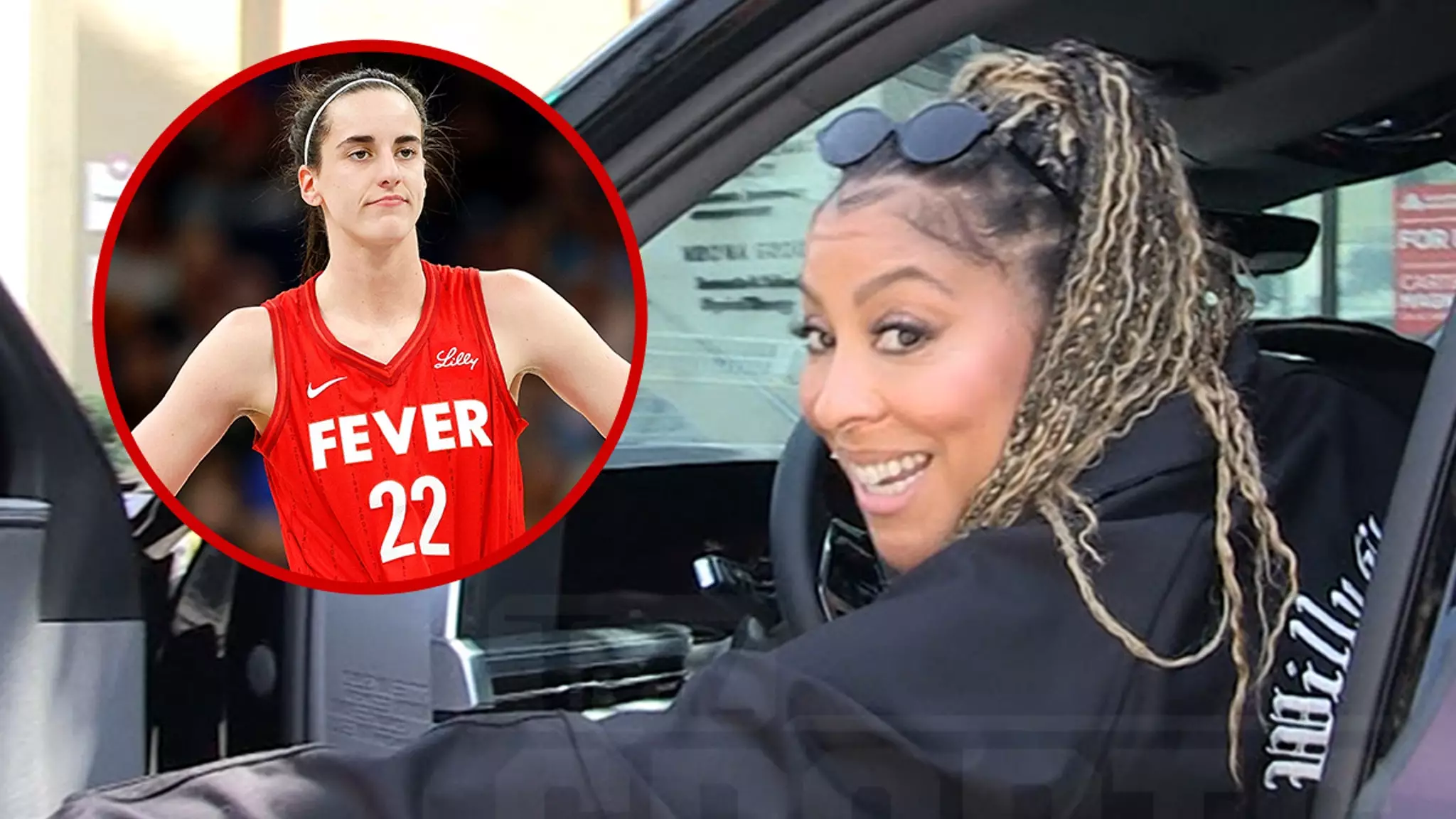In a world where sports showcase not only talent but also the sheer will to overcome adversities, Candace Parker’s recent comments regarding Caitlin Clark highlight a pressing reality for women athletes. During a recent encounter with TMZ Sports, Parker conveyed a rather pragmatic view on the rough treatment that star players often experience on the basketball court. She articulated that the tough fouls and aggressive plays associated with being a premier athlete should be expected. This perspective begs the question: Is the rough play merely a rite of passage for emerging stars like Clark or indicative of deeper issues within women’s professional sports?
The three-time champion pointed out that none of the star players, regardless of their talent or accolades, receive preferential treatment on the court. This observation is critical; it accentuates the challenges that come with fame in a highly competitive environment. While fans may watch in awe as these superstars dazzle with their skills, they must also recognize that the pressures and physicality of the game often lead to a more brutal reality behind the glamour.
Caitlin Clark: A Rising Star Amidst Challenges
Caitlin Clark has burst onto the professional scene, captivating audiences with her dynamic playing style and impressive statistics, including her recent achievement of tying Parker’s record with three career triple-doubles. Yet, the emergence of such talent isn’t without its trials. As Parker highlighted, Clark’s experience with physical play could be seen as a form of respect; the competition is fierce, and her opponents recognize her potential as a game-changer.
Clark’s ongoing battle with a quad injury only adds to the narrative. While her absence is felt on the floor, it provides a timely reminder of the fragility of athletic careers, especially when the expectation to perform at elite levels is so high. What becomes evident is that the path to greatness is often riddled with hurdles, but it’s how and when athletes overcome these challenges that truly defines their legacy.
Redefining the Sports Landscape
Parker’s insights also point to a pivotal moment for women’s sports, where talent and toughness must coexist for success. The notion that star players endure harsher treatment raises important discussions regarding player safety and competitive integrity. If the prevailing stance is that aggressive play is simply part of the game, should there be a reconsideration of the norms governing such conduct? Furthermore, fostering an environment that both celebrates talent and ensures player safety is crucial for the sustainability of female athletics.
As the WNBA continues to grow and carve out its niche in the sports world, the narrative surrounding its athletes needs to evolve. More significant attention should be directed toward addressing rough play, advocating for enhanced protective measures, and spotlighting the talent that elevates women’s basketball. Players like Caitlin Clark are not just entertainers; they are pioneers who are shaping the future of the sport, and it’s imperative they feel supported both on and off the court.
Not merely content with the status quo, Parker’s comments are a call to recognize the multi-faceted experiences of female athletes who endure the physical toll of their sport while striving for excellence. By embracing both the challenges and achievements, the narrative of women’s basketball can shift from mere survival to thriving in the competitive arena.

